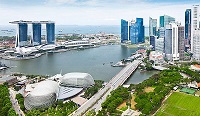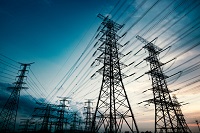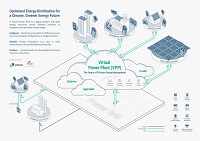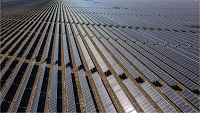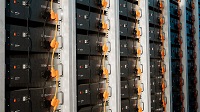- About EMA
- Our Energy Story
- Consumer Information
- Regulations & Licences
- News & Events
- Partnerships
About EMA
Who We Are
Learn about EMA’s leadership, milestones and accomplishments.
Join Us
Explore the career, scholarship and internship opportunities available in EMA.
Our Energy Story
Overview
Learn how the Singapore Energy Story charts the path to a net-zero future.
Energy Supply
Gain insights into the Four Switches powering Singapore towards a cleaner energy future.
Energy Demand
Discover ways to enhance energy efficiency and lower your carbon footprint.
Energy Grid
Explore how EMA ensures a reliable and secure energy supply for everyone.
Energy Market Landscape
Learn about the intricacies of Singapore’s energy market structure and operations.
Consumer Information
Electricity
Get tips on buying electricity and protecting your family from electrical hazards.
Gas
Learn about purchasing gas and safeguarding your family against gas hazards.
Solar
Access information on installing solar panels at your home and selling excess electricity to the national grid.
Regulations & Licences
Regulations
Stay up-to-date with the latest regulations, policies and frameworks governing the energy sector.
Licences
Learn about the licences that EMA issues to different stakeholders in the energy sector.
Regulatory Publications
Read about the Codes of Practice and Circulars that EMA publishes to regulate the energy sector.
Partnerships
Calls for Proposal
Collaborate with EMA in co-creating innovative solutions for the energy sector.
Consultations
Give your comments and feedback on EMA’s policies and regulations.
R&D Engagements
Discover how EMA works with stakeholders to catalyse new and innovative digital technologies.
Talent Development
Learn about EMA’s efforts in nurturing talent and cultivate interest in the energy sector.
eSERVICES
Get quick access to EMA’s services for application of worker licences, scholarships and more.
Government officials will NEVER ask you to transfer money or disclose bank log-in details over a phone call. Call the 24/7 ScamShield Helpline at 1799 if unsure. For more information on how to protect yourself against scams, please visit www.scamshield.gov.sg.
Energy Storage Systems act like giant batteries that store excess energy for future use.
Benefits
While there are economic and technical factors to consider in deploying Energy Storage System (ESS), it can also bring multiple benefits to the power system and consumers:
It facilitates the integration of distributed and intermittent generation sources into the power grid.
It enables shifting of peak electricity load to off-peak periods, helping to manage electricity prices.
It provides ancillary services to the market by regulating and reserving energy, contributing to grid stability and reliability.
It can swiftly respond to power fluctuations within the grid, ensuring a reliable and consistent energy supply.
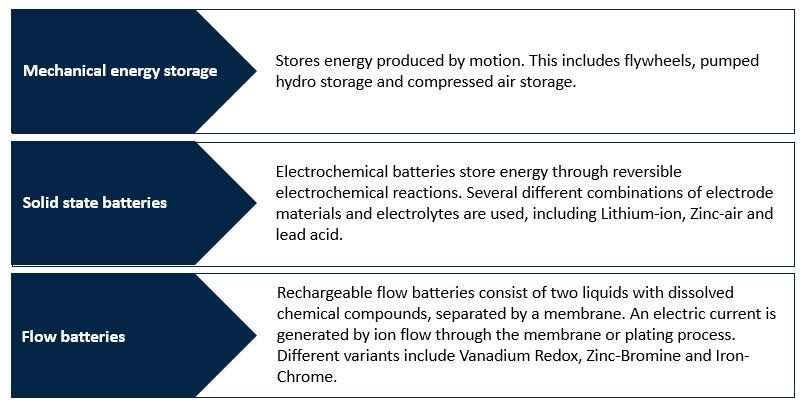
The different types of energy storage system technologies
Facilitating Deployment
Accelerating Energy Storage for Singapore (ACCESS) Programme
Led by EMA, the ACCESS programme helps to facilitate ESS adoption in Singapore by promoting use cases and business models.
It also looks at securing space, marrying demand with solution, and facilitating regulatory approvals for ESS deployment.
Singapore’s First Utility-scale Energy Storage System
Through a partnership between EMA and SP Group, Singapore deployed its first utility-scale ESS at a substation in Oct 2020. It has a capacity of 2.4 megawatts (MW)/2.4 megawatt-hour (MWh), which is equivalent to powering more than 200 four-room HDB households a day.
The ESS will participate in the wholesale electricity market to provide services that are necessary to mitigate intermittency caused by solar, as well as reduce peak demand. It will also provide insights into the performance of ESS under Singapore’s hot and humid environment and aid in establishing technical guidelines for such deployments.
